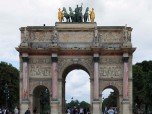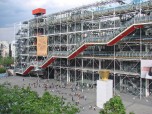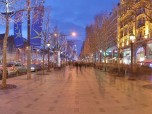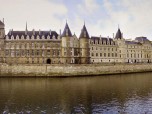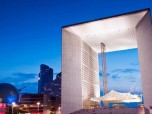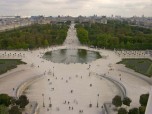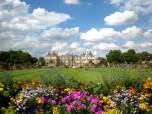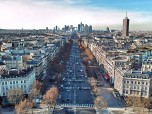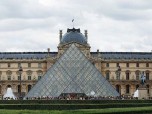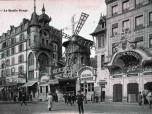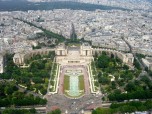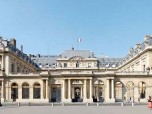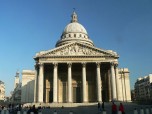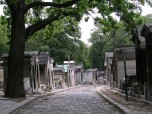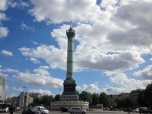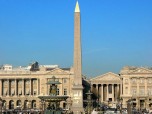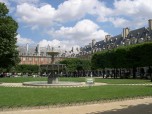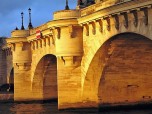The Nabatean Tombs in Saudi Arabia were intricately designed. They are numerous in number and generally large in size. They were often similar to each other but each had their own personalized inscription. Nowadays, you will find many signs to warn visitors not to defile the tombs. What makes these tombs so appealing is their intricate designs over entrances and inside the curves of the rock.
These mysterious tombs really have a lot of history to offer. This is what attracts most people to visit them. It is not just the numerous amounts of tombs and ancient ruins, but what life was like in those days. How did they build the Nabatean tombs? What is inside the tombs? There are many burial tombstones not only in Saudi Arabia but also in other cities. Most of the tombs were created for families and tribes in the ancient days. They might contain as many as a hundred people. There were also many graveyards surrounding the tombs for the common people. The Nabatean tombs were only for the rich. This reveals that they could have possibly believed in an afterlife because they want to be buried with family.
If you are wondering about who built such tombs, they were Nabatean sculptors and not slaves of a different race. Another thing to ponder about is the fact that Nabateans mostly lived in tents during the early days. Visit the Nabatean tombs now to grab hold of the mystery everyone is talking about. Share the culture, the history, and the magnificence of the tombs.












